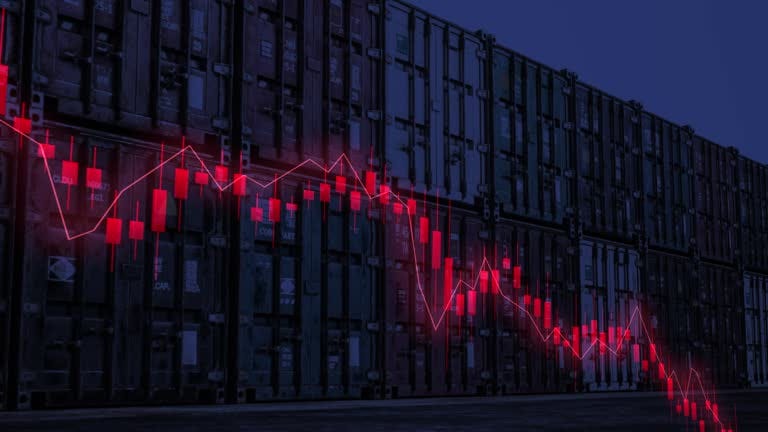Supply Chain Strength = Stock Price Growth: What 1,000 Earnings Reports Reveal
How tech-driven supply chains fueled market performance - and what laggards missed
Supply chain strategy is no longer an operational afterthought - it’s a direct driver of stock performance. Cleo’s research, which analyzed over 1,000 earnings reports from Russell 2000 companies between 2019 and 2025, found a consistent trend: companies that invested in supply chain technology, visibility, and resilience consistently outperformed the market.
Why the Supply Chain Matters More Than Ever
The past five years brought a cascade of disruptions:
COVID-19 lockdowns and shortages
The Suez Canal blockage
Red Sea attacks
Port congestion
Tariff instability
Extreme weather
These shocks weren’t just headlines - they had measurable financial impact. The companies that thrived used these events as turning points to accelerate transformation.
"The next disruption is inevitable - but resilience isn’t built in the moment. It’s the result of long-term investment in agility, visibility, and integration," says Cleo’s leadership team.
The Winners: Tech-Driven, Agile, and Future-Focused
1. Real-Time Visibility Boosted Confidence
Companies like Procter & Gamble and Schneider Electric have heavily invested in digital twins and predictive analytics to gain real-time visibility into operations. As a result, they pivoted faster, avoided stockouts, and communicated more confidently with investors.
2. Backlogs as a Signal of Strength
Firms with strong order pipelines—especially in sectors like electric vehicles and industrial tech—used backlogs as a strategic asset. One unnamed company cited in the report held an $850M backlog, driving its stock higher by signaling long-term demand.
3. Automation + Upskilling = Resilience
Amazon, for example, has paired warehouse automation with robust workforce development, creating agile, scalable operations. Cleo found that companies investing in both people and tech saw the fastest earnings rebounds.
4. Data-Driven Pricing Strategies
Amid rising costs, high-performing firms quickly adjusted pricing. Starbucks, for instance, used demand forecasting and pricing analytics to protect margins despite inflation.
5. Diversified Supplier Ecosystems
Apple and Unilever diversified their supply bases, sourcing from India, Vietnam, and Poland to reduce overdependence on China. Cleo's data shows these strategies correlated with faster post-disruption recovery.
The Losers: Fragmented, Reactive, and Invisible
Companies that underperformed had five things in common:
Poor real-time visibility
Inability to adapt pricing quickly
Heavy backlog-driven delays
Continued COVID-19-driven inefficiencies
Disjointed systems with no digital integration
"44% of stock-declining companies cited visibility gaps in earnings calls, while 42% blamed excessive backlogs for missed targets."
One unnamed firm took 1,086 days—almost three years—to recover stock value after a supply chain-induced earnings miss.
What It Means for Supply Chain Leaders
Don’t Wait for the Crisis - Build Now
Companies that invested in automation, AI, and platform integration BEFORE disruptions gained investor trust and agility. Being reactive is no longer an option.
Prioritize Data Visibility
Disparate systems delay decisions. Centralized, integrated platforms offer the speed and accuracy required to mitigate disruptions and forecast with confidence.
Backlogs Are Not Bad - If You Control Them
High-margin backlogs aligned with demand can signal future stability. But unmanaged backlogs lead to investor doubt.
Invest in Workforce + Automation Together
Tech without talent is underutilized. Winners combined robotics and upskilling for greater adaptability and productivity.
Key Takeaways
Supply chain execution directly impacts stock value.
Real-time visibility, smart pricing, and agile backlogs separate winners from losers.
Future-proofing supply chains requires ecosystem-wide integration—not isolated upgrades.
How is your company using supply chain strategy to drive financial performance?
Share your thoughts and challenges in the comments - we’d love to hear how you're building resilience in your operations.



